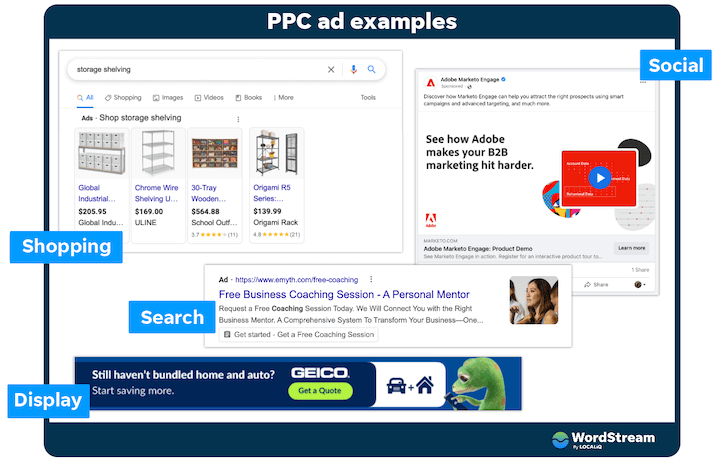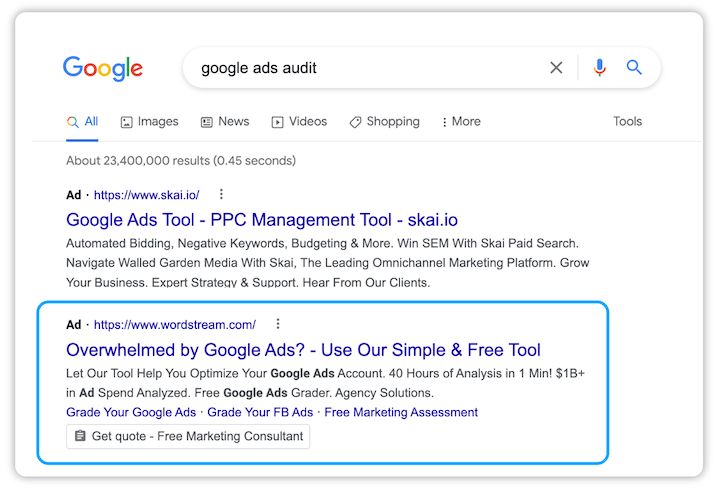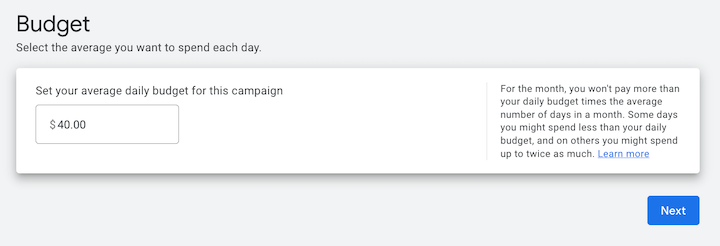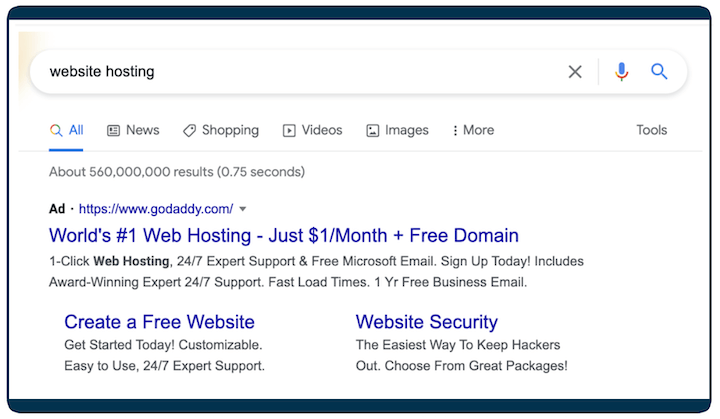What Is PPC? Learn the Basics of Pay-Per-Click (PPC) Marketing
Whether you’ve heard a little about PPC marketing and are curious to learn more, or you already know that you want to use PPC to market your business, but aren’t sure where to start, you’ve come to the right place! This is the first lesson in PPC University, a set of guided courses that will teach you everything you need to know about PPC to make it work for you.
Table of contents
- What is PPC?
- How does PPC advertising work?
- What is Google Ads?
- How PPC works in Google Ads
- How to do PPC with Google Ads
- PPC keyword research
- PPC campaign management
- How to get started with PPC
👩🏾💻 Already doing PPC with Google Ads? >> Find out if you’re doing it right with the free Google Ads Performance Grader.
What is PPC?
PPC stands for pay-per-click, a model of digital advertising where the advertiser pays a fee each time one of their ads is clicked. Essentially, you’re paying for targeted visits to your website (or landing page or app). When PPC is working correctly, the fee is trivial because the click is worth more than what you pay for it. For example, if you pay $3 for a click, but the click results in a $300 sale, then you’ve made a hefty profit.
PPC ads come in different shapes and sizes (literally), and can be made up of text, images, videos, or a combination. They can appear on search engines, websites, social media platforms, and more.

Search engine advertising (also known as paid search or search engine marketing) is one of the most popular forms of PPC. It allows advertisers to bid for ad placement in a search engine’s sponsored links when someone performs a search related to their business offering. For example, if we bid on the keyword “google ads audit,” our ad for our free Google Ads Performance Grader may appear on the SERP for that or a related search:

More on search ads in a bit.
How does PPC advertising work?
PPC advertising looks different from platform to platform, but in general, the process is as follows:
- Choose your campaign type based on your objective.
- Refine your settings and targeting (audiences, devices, locations, schedule, etc.).
- Provide your budget and bidding strategy.
- Input your destination URL (landing page).
- Build your ad.

An example of the budget step looks like in Google Ads.
Once the ad goes live, where and when your ad appears, and how much you pay for a click on it are all determined algorithmically based on your budget, bid, campaign settings, and the quality and relevance of your ad.
Since all platforms that offer PPC advertising want to keep their users satisfied, they reward advertisers who create relevant, trustworthy pay-per-click campaigns with higher ad positioning and lower costs.
So if you want to maximize your profits from PPC, you need to learn how to do it right.
📙 Free guide >> PPC 101: The Beginner’s Guide to PPC
What is Google Ads?
Google Ads is the single most popular PPC advertising system in the world. The Google Ads platform enables businesses to create ads that appear on Google’s search engine and other Google properties.
Every time a search is initiated, Google digs into the pool of ads and chooses a set of winners to appear on that search engine results page.

The “winners” are chosen based on a combination of factors, including the quality and relevance of their keywords and ad campaigns, as well as the size of their keyword bids. We’ll explain that in the next section.
